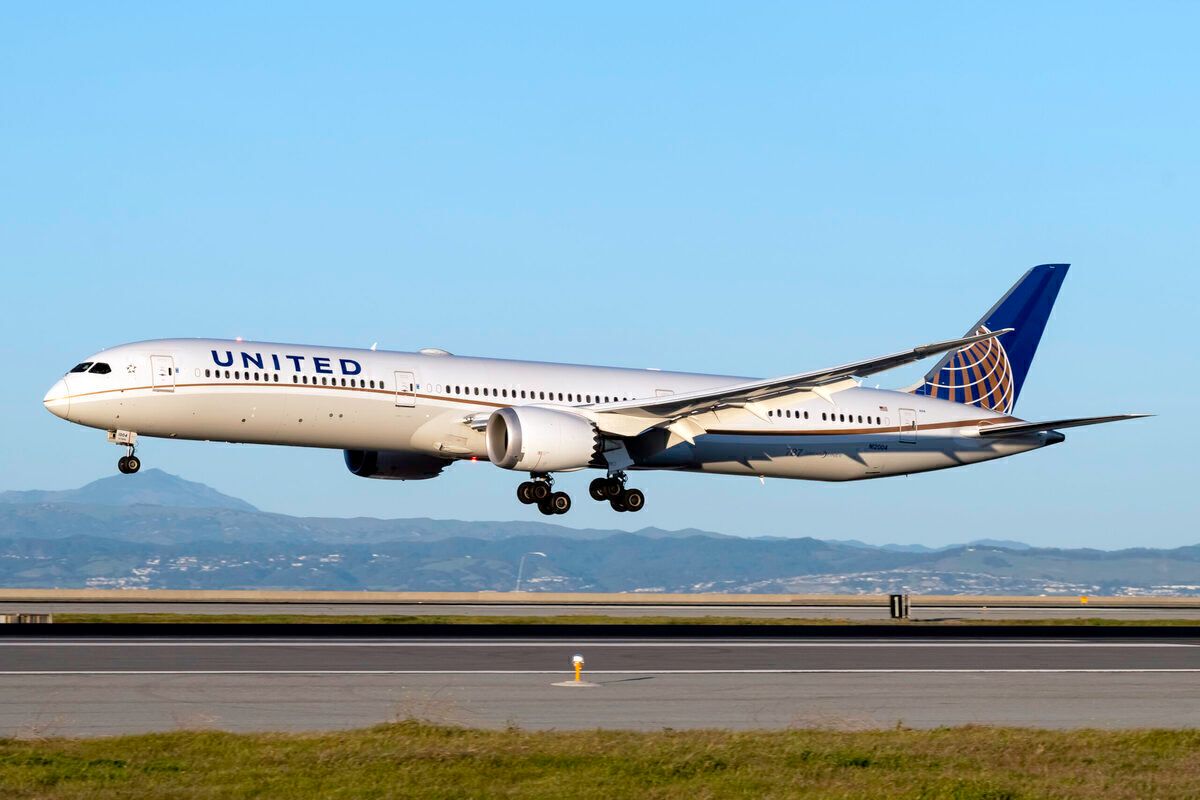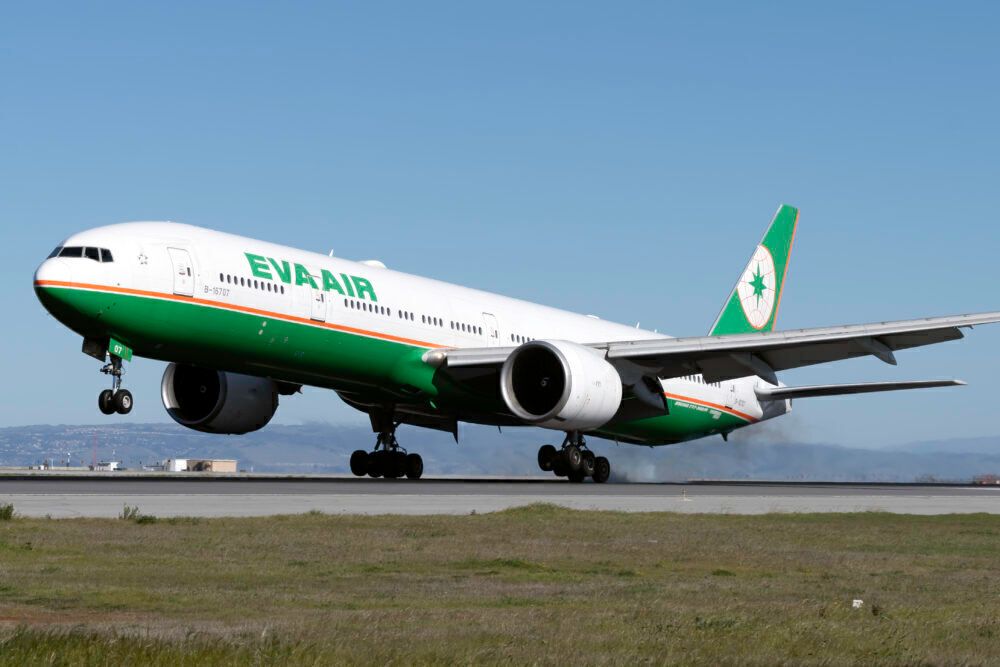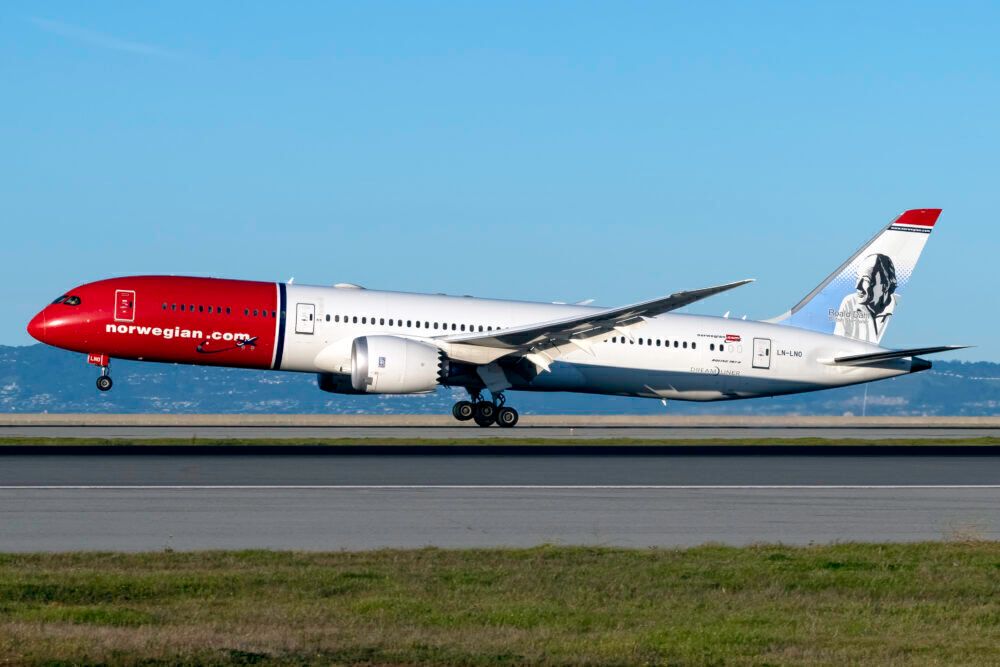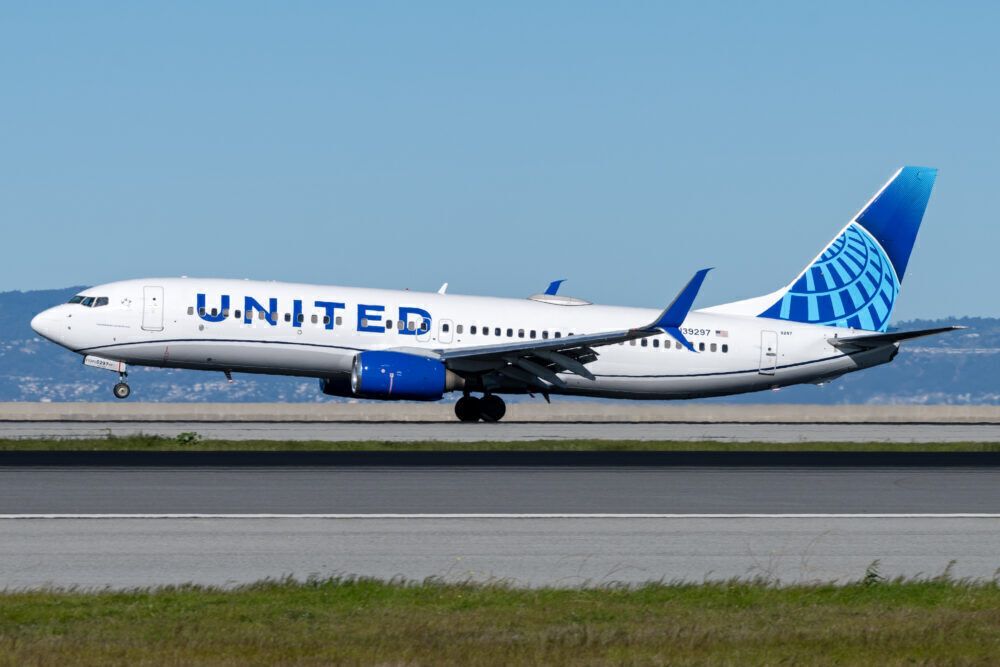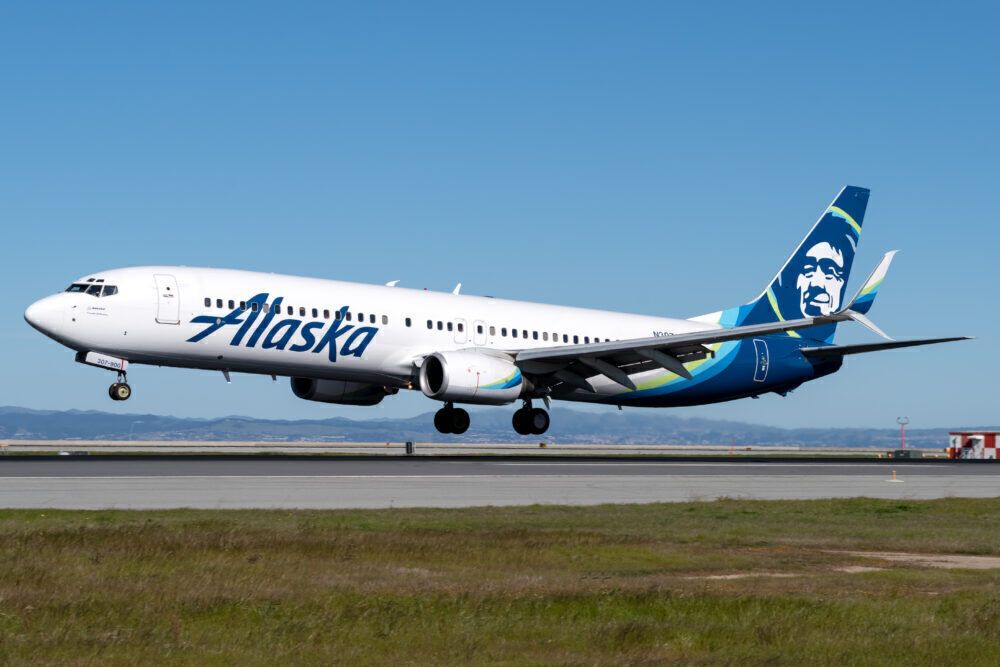Coronavirus has been especially tough on San Francisco. The California airport is the United States' worst hit, with planned capacity this summer still far below that experienced two years ago. This is based on examining 455 airports across the country.
Some 192 US airports have already beaten their pre-pandemic level, with Fort Myers the nation's fastest-growing with capacity up by over three million seats. However, 263 airports are down, led by San Francisco, with the nation's airports this summer collectively reduced by 128 million seats.
The 20 airports that are down the most
While California was one of the country's most affected states by coronavirus, it now has an above-average number of vaccinated citizens, and the number of cases per 100,000 is the mainland's joint-lowest.
Nonetheless, one-quarter of the 20 worst-hit airports are in the state, including three from the Bay Area. San Francisco is down by 15.4 million seats, a decline of 37.4%, as shown below.
- San Francisco: down by 15.4 million seats versus S19 and -37.4%
- Los Angeles: -12.9 million; -21.2%
- New York JFK: -11.4 million; -25.2%
- Chicago O'Hare: -10.9 million; -17.9%
- Boston: -7.5 million; -24.4%
- New York La Guardia: -6.7 million; -28.8%
- Atlanta: -6.6 million; -8.8%
- Newark: -5.4 million; -16.5%
- Philadelphia: -4.9 million; -20.4%
- San Jose: -4.2 million; -34.4%
- Washington Dulles: -4.1 million; -22.7%
- Minneapolis: -3.9 million; -14.2%
- San Diego: -3.8 million; -20.7%
- Detroit: -3.7 million; -14.1%
- Washington National: -3.6 million; -20.9%
- Portland (Oregon): -2.7 million; -18.8%
- Oakland: -2.5 million; -24.4%
- Baltimore: -2.4 million; -12.4%
- Las Vegas: -2.4 million; -6.9%
- Houston Intercontinental: -2.3 million; -7.5%
Stay informed: Sign up for our daily and weekly aviation news digests.
Why is San Francisco down so much?
San Francisco's international capacity has virtually reduced in half, a fate suffered by many airports with normally strong international exposure. While a good amount of this is from airlines that still serve the airport just at a lower level, some 15 international passenger airlines aren't serving it this summer when compared with S19.
- Air China
- Air Italy
- Air New Zealand
- China Eastern
- China Southern
- El Al
- Finnair
- Hong Kong Airlines
- Iberia
- Icelandair
- Interjet
- Norwegian
- Qantas
- Thomas Cook
- XL Airways France
Some airlines are defunct
Some of the above airlines are defunct, as with Air Italy, Interjet, Thomas Cook, and XL Airways France, while others stopped long-haul flying, as with Norwegian and Hong Kong Airlines. Icelandair, meanwhile, cut the airport, while still others are just temporarily absent, as with Qantas, and will return.
However, Qatar Airways inaugurated San Francisco on December 15th, 2020, while Vietnam's Bamboo Airways is keen to launch long-haul service, potentially as early as September 1st. Bamboo Airways tends to disclose an interest in new routes, only to then not begin them, so let's hope it does happen.
Big domestic reductions
Obviously, the bulk of San Francisco's capacity cuts are from the domestic market, with the following four airlines down by 900,000 seats or more. As United is firmly San Francisco's leading airline, it's no surprise that it is the most affected. Simple Flying recently examined Denver, which has become the carrier's leading hub.
- United: down by -6.2 million domestic seats; -41.0%
- Alaska: -1.6 million; -33.9%
- Southwest: -1.3 million; -49.0%
- Delta: -981,000; -30.6%
Far less intra-California flying is an important reason why the domestic market is down so much, not helped by the coronavirus-driven decline in business travel and the resulting need for high frequencies. Of bigger destinations, Burbank has been especially badly hit, with capacity down by nearly 60%. On July 12th, for example, there are two departures, against 12 two years ago.
In contrast, two carriers – JetBlue and Frontier – have both exceeded their pre-pandemic levels. While Frontier's network has fallen from six to five routes, with Cincinnati, Cleveland, and Austin all gone, Phoenix and Ontario have been added. Still, its growth is mainly from strong expansion to Las Vegas.

